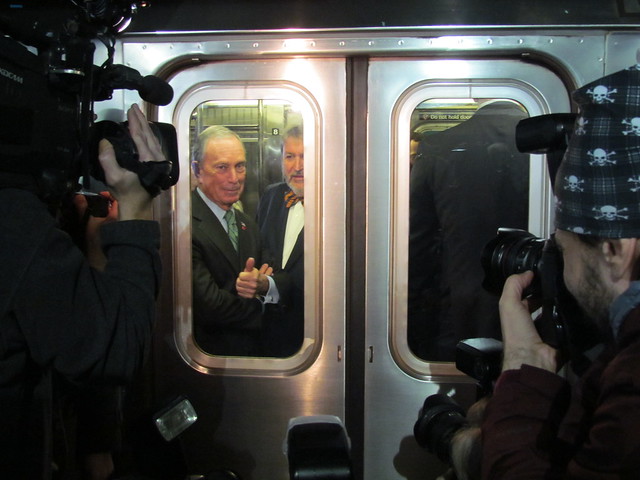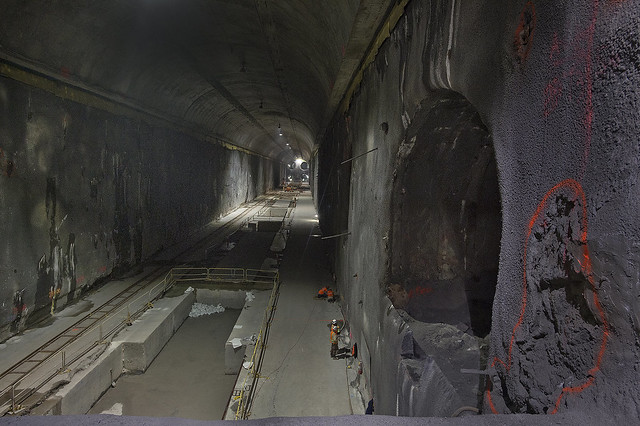Curious about how the MTA models ridership? Ever wondered just what I mean when I talk about the MTA’s load guidelines? And who designed those turnstiles anyway? These questions and more are on tap next week when “Problem Solvers,” the Q-and-A series I host at the Transit Museum, makes its 2014 debut.
Joining me on Wednesday, February 5 at 6:30 p.m. will be Bill Amarosa, New York City Transit’s Manager of Service Data Analysis. Amarosa has been monitoring the city’s subway ridership and analyzing station usage for years. As an intern with Transit’s OMB, he compiled ridership data by station back to 1940 and later continued that research so OMB could publish a 1904-2004 ridership report for the subway’s 100th anniversary. He returned to Transit in 2008 as OMB’s Manager of Ridership and Revenue Analysis and in November 2013 moved to Operations Planning as Manager of Service Data Analysis. In 2006, Amarosa also broke the Guinness World Record for riding the entire NYC Subway in the shortest time, visiting all 468 stations on a single fare in 24 hours, 54 minutes, 3 seconds. (I covered that story way back in 2007.)
I’m sure we’ll talk about his record-setting ride, and I know Bill and I will discuss everything from turnstile design to experiencing an over-crowded G train station in Williamsburg and the ways the MTA tries to adapt service patterns to meet ridership. The event is free, but the Transit Museum asks you to kindly RSVP. It’ll be a good time for all.
















 (Franklin Av)
(Franklin Av)